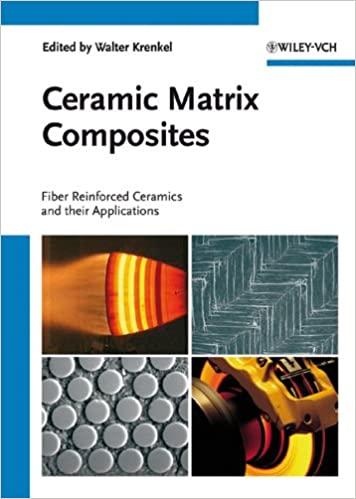Question
Q1: A reactor is used to produce hydrochloric acid by feeding hydrogen and chlorine gases into the reactor. The reaction occurring in the reactor is
Q1: A reactor is used to produce hydrochloric acid by feeding hydrogen and chlorine gases into the reactor. The reaction occurring in the reactor is given as follows:
H2 (g) + Cl2 (g) 2 HCl (g)
The flow rates of hydrogen and chlorine gases fed into the reactor are 10.0 kg/h and 280.6 kg/h, respectively, at 25C, and the product gas mixture exits the reactor at 500C. Calculate the enthalpy change in the reactor.
Q2: A mole of ideal gas inside a piston-cylinder system is compressed irreversibly and isothermally from an initial pressure of 2.5 bar to a final pressure of 6.5 bar at a temperature of 130C. The heat released during compression is transferred to a heat reservoir at 25C. The work required for this compression process is 30% more than that required for a reversible compression under the same conditions. Calculate the total entropy change of the gas, the heat reservoir, and the entire system.
Q3. Calculate the change in entropy when 1 mole of saturated ethanol vapour condenses at its normal boiling point.
Step by Step Solution
There are 3 Steps involved in it
Step: 1

Get Instant Access to Expert-Tailored Solutions
See step-by-step solutions with expert insights and AI powered tools for academic success
Step: 2

Step: 3

Ace Your Homework with AI
Get the answers you need in no time with our AI-driven, step-by-step assistance
Get Started


